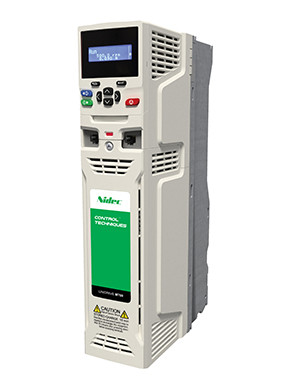Variable Frequency Drives: Enhancing Efficiency in Industrial Electrical Systems
In today's industrial landscape, maximizing energy efficiency is paramount. With rising energy costs and increasing environmental concerns, businesses are constantly seeking innovative solutions to reduce their carbon footprint and operational expenses. One such solution that has gained significant traction is the Variable Frequency Drive (VFD). In this blog post, we will delve into the world of VFDs and explore their role in enhancing efficiency in industrial electrical systems.
Firstly, let's define what a Variable Frequency Drive actually is. A VFD, also known as an adjustable speed drive, is an electronic device designed to control the speed and torque of an electric motor by varying its frequency and voltage supply. By directly adjusting the rotational speed of motors based on real-time load requirements, VFDs provide a more efficient alternative to traditional control methods such as throttling valves or mechanical dampers.
One of the key advantages of VFDs lies in their ability to mitigate energy wastage during partial loads or low-demand periods. Unlike fixed-speed motor systems that run at maximum capacity regardless of actual requirements, VFDs offer precise control over motor speed, resulting in optimum power consumption. This not only reduces energy consumption but also extends the lifespan of motors by mitigating wear and tear associated with frequent starts/stops.
Moreover, VFDs enable soft starting and stopping mechanisms for motors, eliminating sudden jolts and strains commonly experienced during abrupt changes in operating conditions. This not only enhances equipment longevity but also minimizes maintenance costs associated with premature breakdowns or component failures.
Another significant benefit offered by VFDs is their ability to improve power factor correction within industrial electrical systems. By automatically adjusting voltage levels according to load demands, VFD-equipped motors operate closer to unity power factor compared to conventional fixed-speed drives. This results in reduced reactive power losses across transformers and distribution networks while improving overall system performance.
Furthermore, integrating advanced control strategies and algorithms, VFDs facilitate precise adjustment of motor speed to match specific process requirements. This flexibility allows for fine-tuning various industrial applications such as pumps, fans, and compressors, resulting in optimal system performance and productivity gains.
In conclusion, Variable Frequency Drives have emerged as a game-changing technology in the realm of industrial electrical systems. Their ability to provide granular control over motor speed, mitigate energy wastage during low-demand periods, improve power factor correction, and enhance overall operational efficiency makes them an indispensable tool for businesses striving to optimize their energy consumption and reduce operational costs. As the push for sustainability grows stronger by the day, embracing VFDs is not just a step towards enhanced efficiency but also a commitment towards a greener future.


